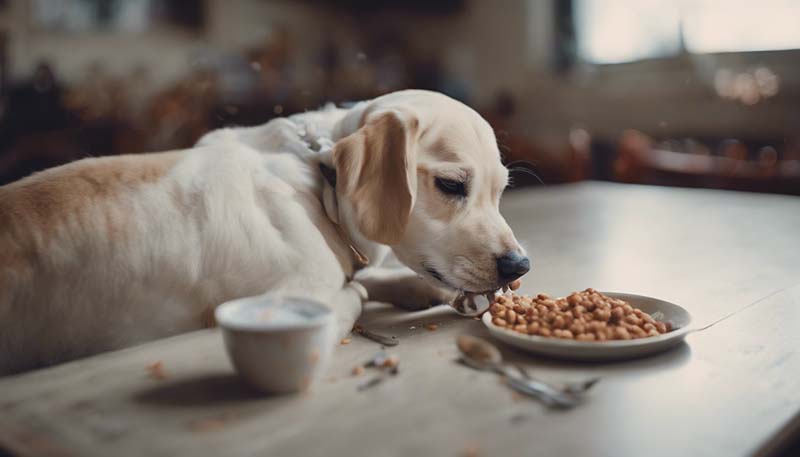How to Feed a Pet with Gastrointestinal Disorders
2024-04-03 Pet Nutrition Needs 152 COMMENT
How to Feed a Pet with Gastrointestinal Disorders
Gastrointestinal (GI) disorders can be challenging for pet owners to manage, as they often require dietary adjustments to alleviate symptoms and promote healing. This article will provide guidance on how to properly feed pets with GI disorders to ensure they receive the necessary nutrients while minimizing discomfort.
Identifying the Problem
Before making any dietary changes, it's crucial to consult with a veterinarian to determine the specific GI disorder affecting your pet. Common GI issues include:
- Inflammatory Bowel Disease (IBD)
- Gastritis
- Pancreatitis
- Gastroesophageal Reflux Disease (GERD)
- Food allergies or sensitivities
Initial Dietary Changes
Once the specific GI disorder has been identified, your veterinarian may recommend the following initial dietary changes:
1. Smaller, More Frequent Meals
Reducing the size of meals and increasing the frequency can help alleviate stress on the digestive system and prevent vomiting or diarrhea.
Advertisement
2. Low-Residue Diet
A low-residue diet is high in nutrients but low in fiber, making it easier for the GI tract to process. This can be particularly helpful for pets with diarrhea or those recovering from surgery.
3. Limited Ingredient Diets
Limited ingredient diets (LIDs) contain a single source of protein and carbohydrate, which can be beneficial for pets with food allergies or sensitivities.
Long-Term Management
Long-term management of GI disorders often involves a combination of dietary modifications, medications, and supplements. Here are some strategies to consider:
1. High-Quality, Digestible Proteins
Feeding high-quality, digestible proteins can help reduce inflammation and promote healing in the GI tract. Examples include:
- Egg
- Fish
- Turkey
- Hydrolyzed proteins (e.g., single-animal protein hydrolysates)
2. Soluble Fiber
Soluble fiber can help regulate bowel movements and support gut health. Examples include:
- Psyllium husk
- Guar gum
- Pectin
However, it's important to introduce soluble fiber gradually and under the guidance of a veterinarian to avoid exacerbating GI issues.
3. Probiotics and Prebiotics
Probiotics and prebiotics can help restore and maintain a healthy balance of gut bacteria, which is essential for proper digestion and nutrient absorption.
4. Omega-3 Fatty Acids
Omega-3 fatty acids have anti-inflammatory properties that can help reduce inflammation in the GI tract. Good sources include:
- Fish oil
- Flaxseed oil
- Chia seeds
5. Antioxidants
Antioxidants can help protect the cells of the GI tract from damage and promote healing. Examples include:
- Vitamins C and E
- Selenium
- Beta-carotene
Monitoring and Adjusting
Regularly monitoring your pet's weight, body condition, and overall health is crucial for ensuring the effectiveness of any dietary changes. If your pet's condition does not improve or worsens, consult your veterinarian for further evaluation and possible adjustments to the diet.
Conclusion
Feeding a pet with gastrointestinal disorders can be complex, but with careful planning, monitoring, and veterinary guidance, it is possible to manage these conditions and improve your pet's quality of life. Remember that every pet is unique, and what works for one may not work for another. Be patient and willing to make adjustments as needed to find the best dietary solution for your pet.

Disclaimer: This article is for informational purposes only and should not be considered a substitute for professional veterinary advice. Always consult with a veterinarian before making any changes to your pet's diet.
Comments